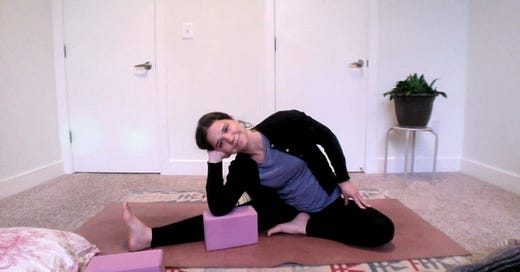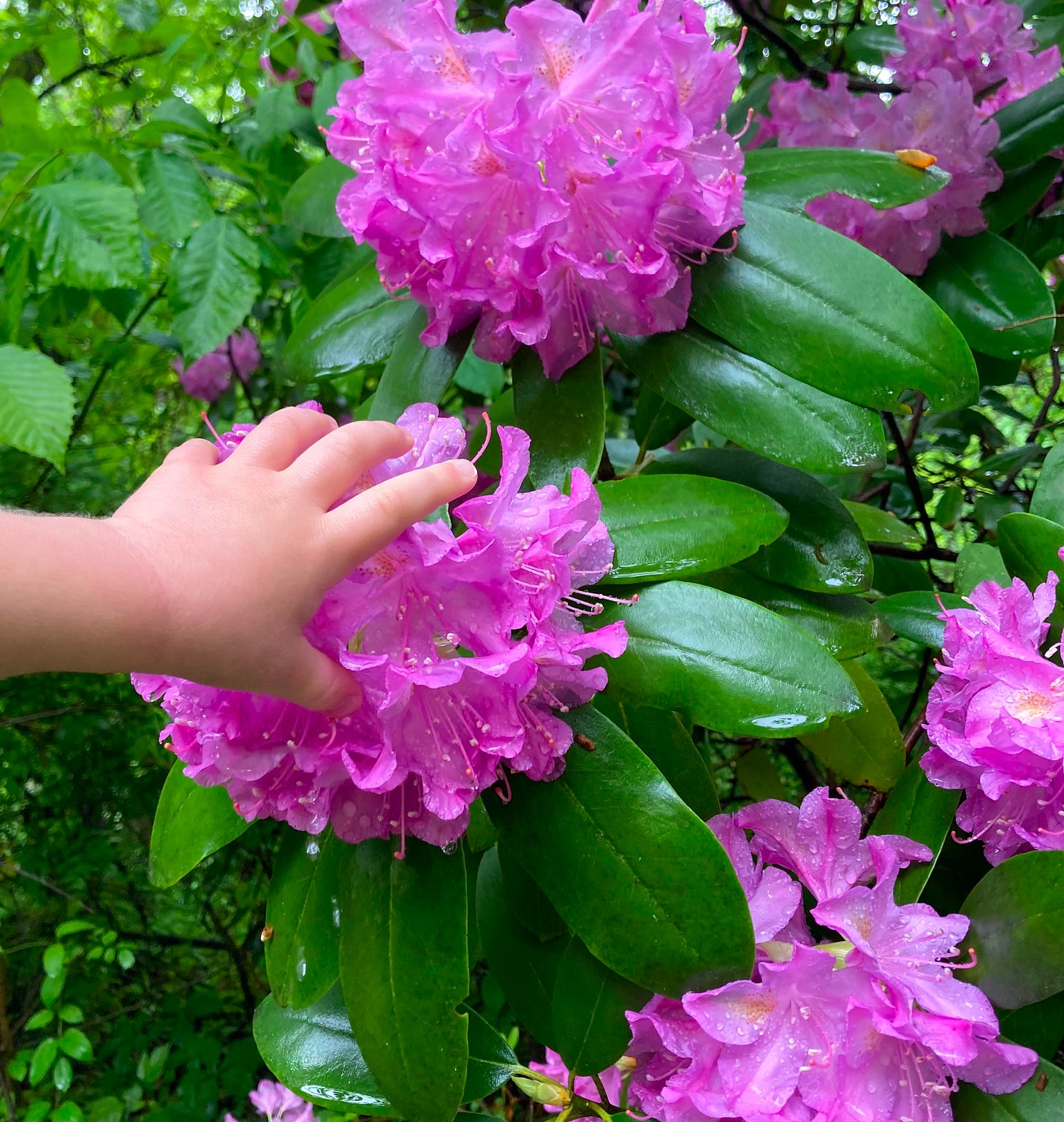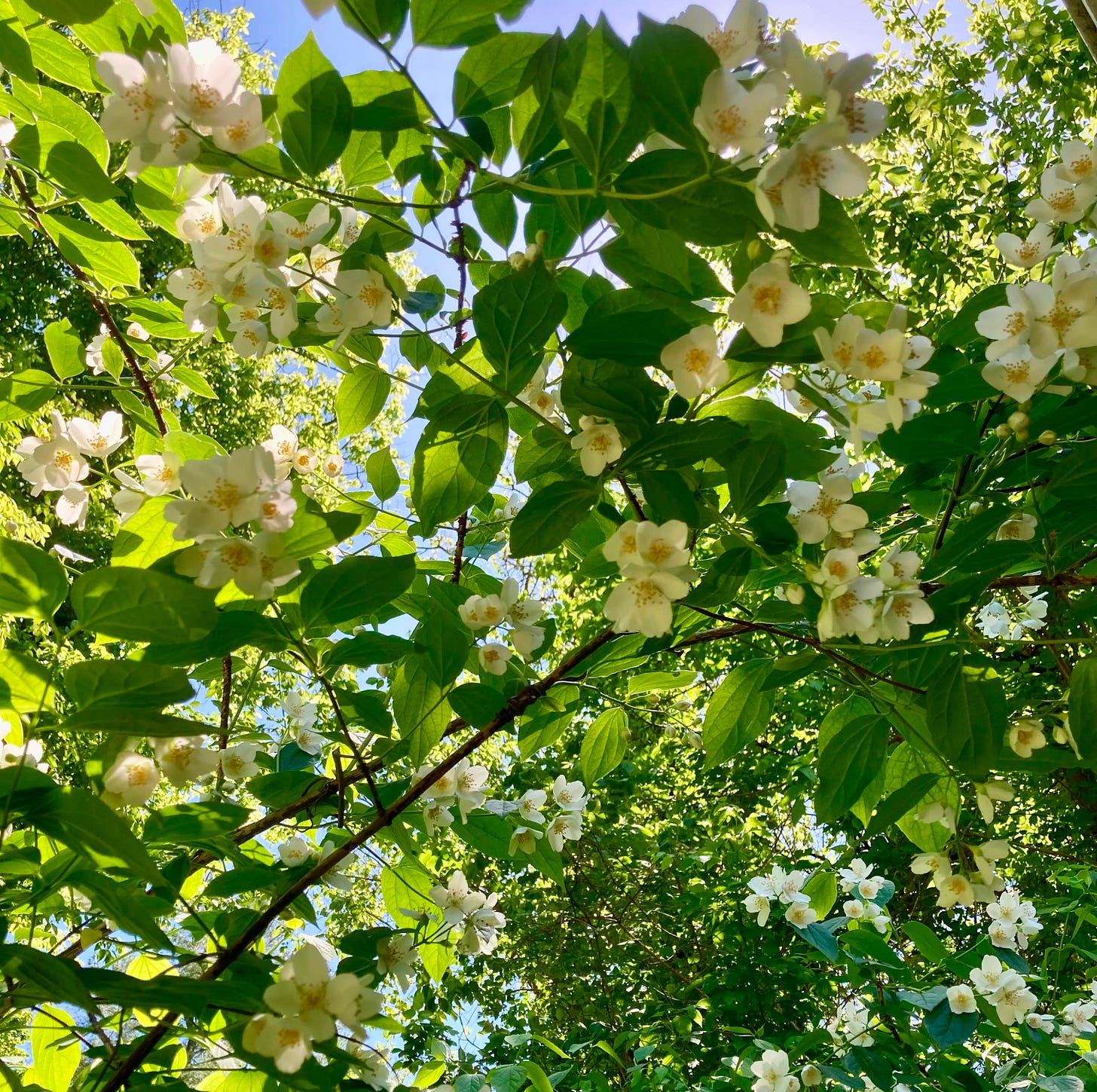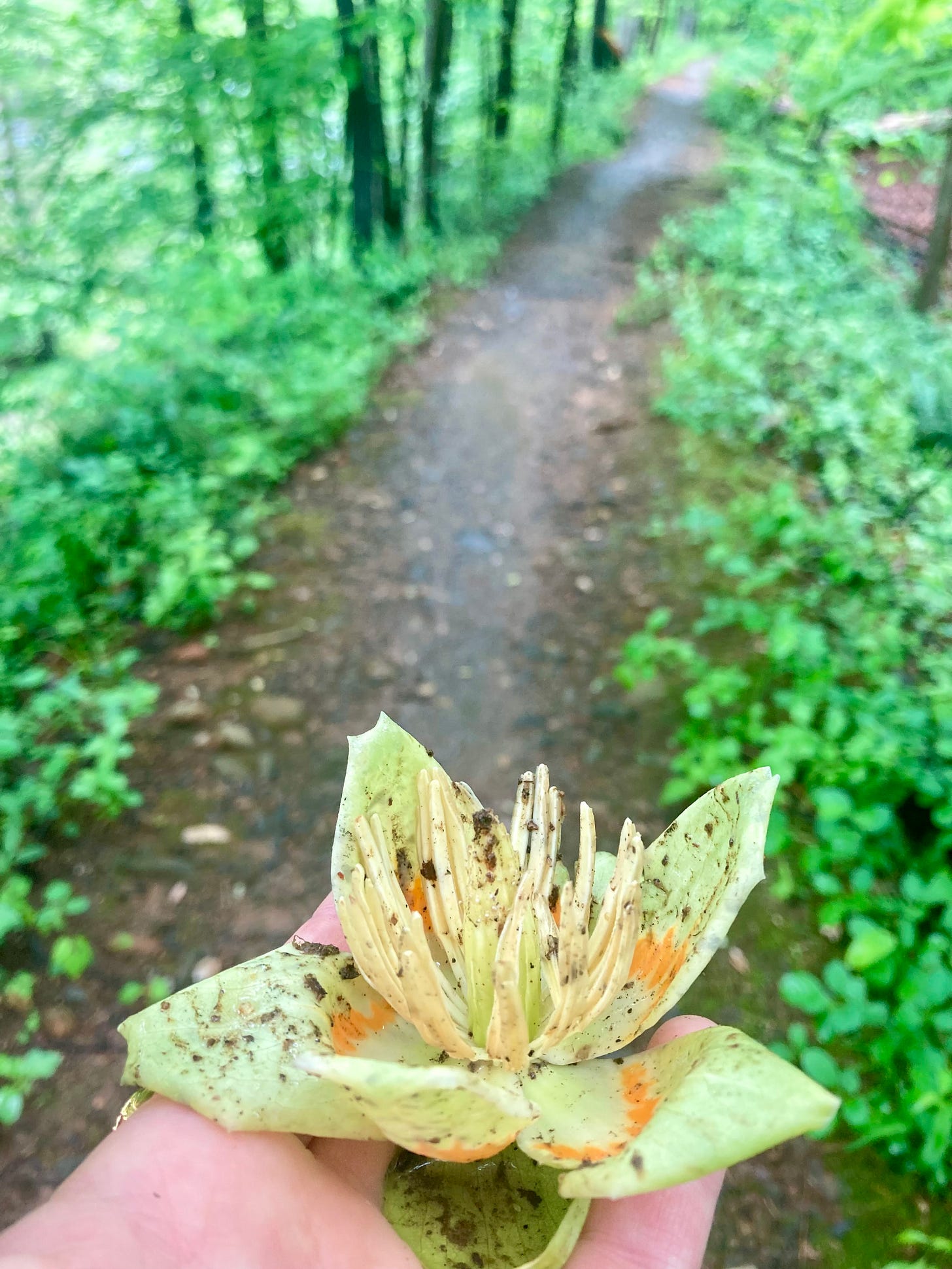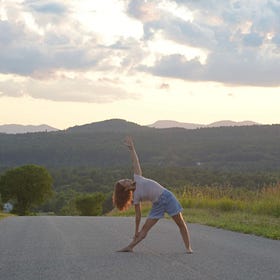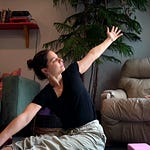Hiya, how are you??
It’s been rainy here in Maryland, and it is such a busy buzzy time of year — everyone’s birthday is coming up, one after the other, and there are festivals to attend and a number of trips to plan, and then there is the everyday work of mothering my hurricane of a daughter, meal planning, teaching classes, staying on top of a confusing amount of laundry and dishes each day (feel compelled to tell you that Joe does a lot of this, lol), scheduling appointments, renewing passports, finding time to exercise, etc. Everything takes a long time. This is not a complaint. It just is. When my neighbor asks me how my week was I never know what to say, I can hardly even remember what happened. I can’t tell whether that is a good or bad thing. I have started using the Eisenhower Matrix to map out my to-do lists and it has been super helpful (if you use Notion there are free templates on there)! I am always wondering if I should be doing more and also wondering how I could do more. Maybe I should work evenings again, for example. Maybe I should be filling, capitalizing, maxing out every moment of my existence, for example.
I am grateful to feel present enough that I forget to remember, I am grateful to have fun things to look forward to, I am grateful to be able to buy good quality food, I am grateful for the flowers, I am grateful for my body, I am grateful for my local coffeeshop, I am grateful for my little house, I am grateful everyone is healthy right now, I am grateful I can take my daughter on a spontaneous hike in the middle of a Friday, I am grateful for Bonnie Rait’s music, I am grateful for the rain, and so much more.
Here’s a springy yin yoga class from 4 years ago (!) in which we target the Liver & Gallbladder meridians and, by proxy, the connective tissues of the legs, side body and groin. It’s inspired by the five element philosophy of Traditional Chinese Medicine, which yin yoga is rooted upon. Spring is associated with the Wood element, and, unsurprisingly, said to be a time full of potential and renewal, both for us and for the natural world. What may come as a surprise, though, is that according to TCM theory, Spring can bring out feelings of anger, frustration and restlessness. An imbalanced Wood element feels like having a million great ideas but not knowing how to put them into action. It’s the feeling of being full of what Buteyko breathing coach Jennifer Snowdon calls “movement potential1,” but you’re over-caffeinated and frozen and stuck in a chair all day. It’s the resentment that festers when you tamp down unspoken feelings for months on end. Think of sap rising in a tree, or a bud bursting from a branch; a flower bud seems soft and sweet, but consider the energy, the effort, the pressure happening within for that bud to spring forth, and then consider what it would be like to try to stop that unfolding… impossible! Stagnancy, frustration, impatience, a sense of “pent-up-ness” — that’s unbalanced Wood energy.
When the Wood element is in balance, it looks like vision boarding, healthy persistence, excited imagination, grounded dreaming, “firmness of purpose.” Writes Cathy Keenan:
The virtue of Wood is forgiveness and benevolence, which is the opposite of anger unexpressed. Wood allows us to be well rooted in the past, to stand tall in the present and have the vision and foresight to move ahead in the future.
Traditional Chinese Medicine says that we can balance the Wood energy (and other elemental energies) in the body by targeting corresponding meridians, or energetic pathways. When these energetic pathways are blocked or disrupted, chi2 will not flow properly, physical or emotional imbalances may arise, and the body won’t function well as a whole. When the meridians are clear, chi flows freely, bringing our body, mind and spirit into harmonious balance.
If you are someone who starts to zone out at the mention of meridians, I get it! You may find it interesting to learn that the physical fascial trains in our bodies correspond very closely with the Daoist maps of the meridians. We are working the fascia when we practice yin, and since fascia is a conductor of electrical and magnetic fields and currents, it is “the tissue that joins Eastern & Western views of energy and anatomy, for it is through the fascial boundaries that continuity is found and communication flows” (Bernie Clark).
I’ll leave you with a Zen koan:
Sitting quietly,
doing nothing,
spring comes and the grass grows by itself.
Take good care,
Berlin
❤️🔥 ON DECK: An hour-long Yoga Conditioning class (hitting your inbox June 1st) & a Sleepytime Yin practice (~30 min) forecasted for a few weeks after that. One of those classes will be FREE for all subscribers, not sure which yet.
Class Library
Welcome to the class library! The first handful of archived classes are FREE to you as a gift, so you can get a little taste of my teaching style. If you enjoy these classes and find that they are of benefit to you, please consider becoming a paid subscriber for
❤️🔥 I am looking forward to listening to this podcast episode with meditation teacher Dan Harris & Jenara Nerenberg about group think, self-silencing and the loss of nuance— and also this episode of On Being with Justin Vernon of Bon Iver, whose new album I loooove.
❤️🔥 I want to teach at your retreat, event or workplace! Reply to this email or contact me HERE if you like that idea :)
❤️🔥 If you’d be interested in coming on a yoga retreat with my sister Claudia and me, you can still vote on where we go at the bottom of this post — we’re tied between NM & Catskills (PSA, FWIW, West Virginia is a gorgeous and underrated place ;)
❤️🔥 Sliding scale 1:1 yoga or meditation sessions with me:
“Movement potential” is exactly what it sounds like — you notice you are stressed/angry/restless/whatever, and then you realize you haven’t moved your body all day. Instead of practicing deep breathing or sitting down to meditate, often what we really need in these moments is to do some jumping jacks, sun salutations, or to run around the block a few times. Give that energy a chance to, ya know, move and leave the body before trying to do parasympathetic breathing or 15 minutes of meditation, and then see how you feel!
Chi (or qi) is “the mystical, subtle force that moves the universe” (Bernie Clark). It has been translated as “weather,” “heaven’s breath,” and “organizational energy”. Chi is present in all things, living and non-living. According to some Daoist yogis, there are 32 different kinds of chi! Read more here.

